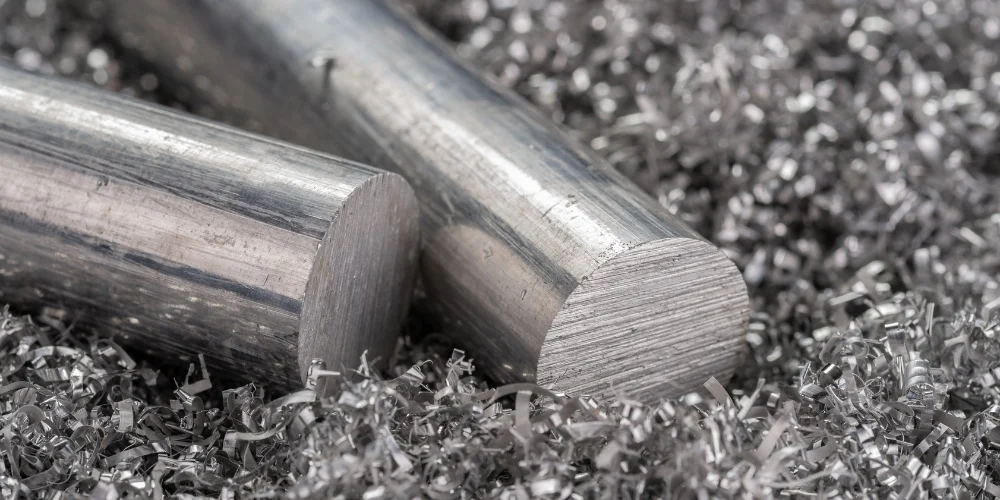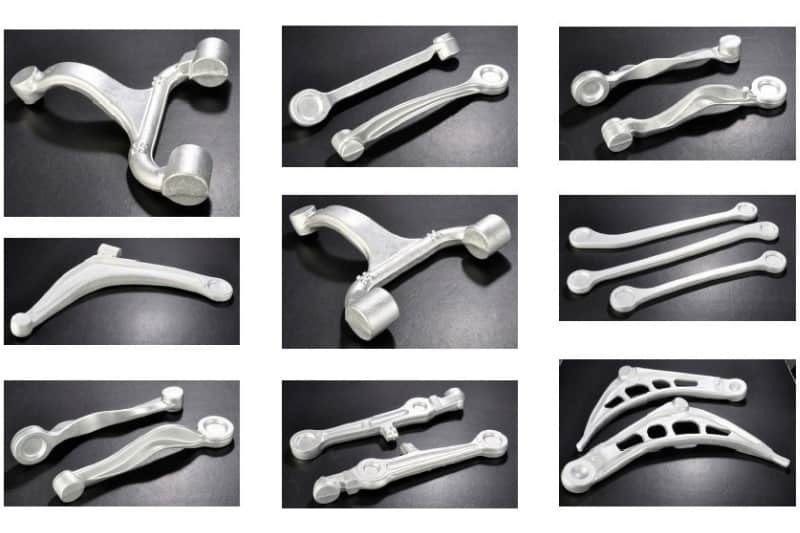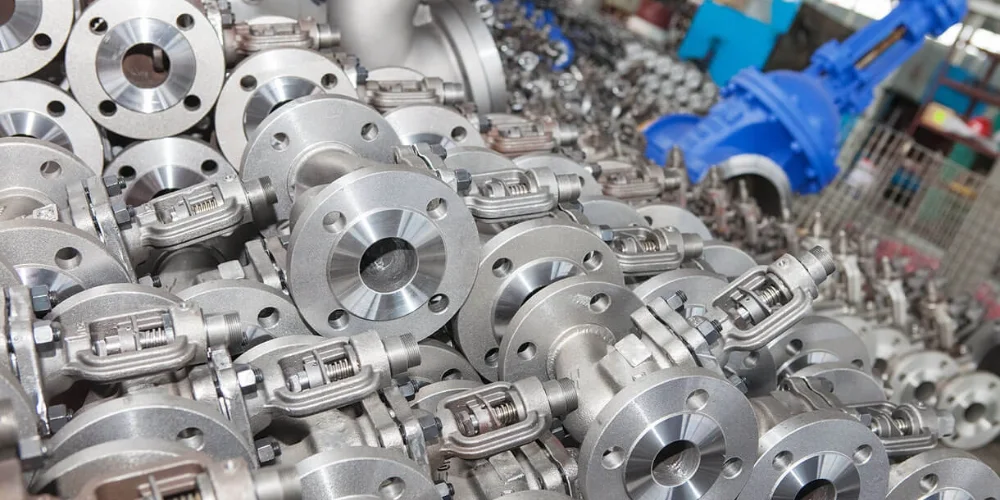Overview
Aluminum 7075, aerospace-grade aluminum, is more suitable for producing high-stress parts than Aluminum 6061. In HDC, we also choose Aluminum 7075 to enhance the hardness and strength of our components if needed. Aluminum 7075-T6 has low corrosion resistance, so you need to get the surface treatment done quickly. Also to avoid any coolant stains, you need to wash the parts immediately after machining.
[toc]
The Origin of Aluminum 7075
Aluminum 7075 is a high strength aluminum alloy whose main component is zinc, with copper, magnesium, chromium and others being the other elements. Developed in WWII for the airplane’s construction, its exceptional strength-to-weight ratio, toughness and corrosion resistance made it priceless in aerospace applications. It is derived from the Aluminum Association’s numerical system for aluminum alloys, which is also known as the “7075”. In the post war period, it entered all the other sectors that included automobile, sports goods, and high performance equipment. The characteristic properties that were light and durable found enormous use there. The combined effects of specific alloying elements and heat treatment determines the extent of strength of this material and makes it a cornerstone material for industries needing high-strength and lightweight properties. It belongs to further developments in metallurgy and engineering needs.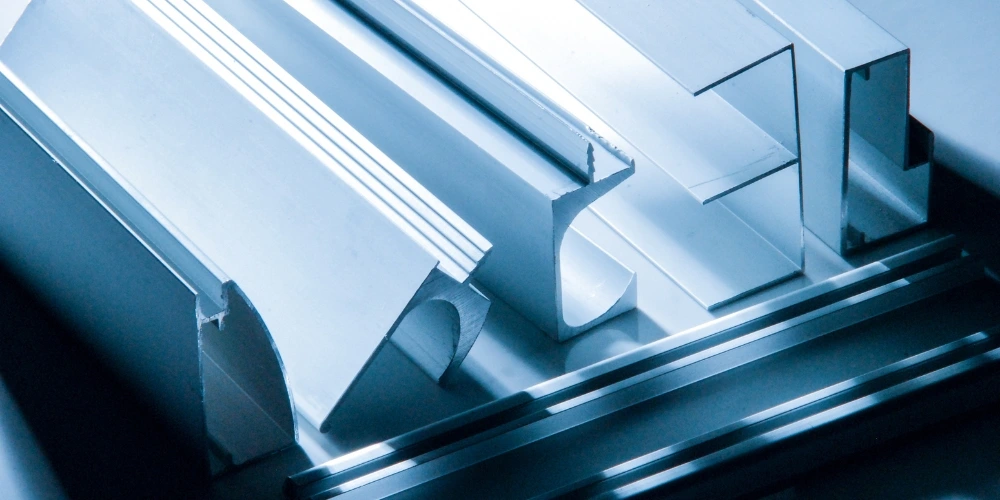
Why Is This Aluminum Alloy Called 7075 Aluminum?
Aluminum alloy 7075 is named as such per the naming convention of the Aluminum Association. In this system, each alloy is represented by a four-character number in which the first digit represents the major alloy or element it contains. Here in the case of 7075 aluminum the “7” informs that it is included in zinc family of alloys. The next numbers have more particulars about the alloy composition and pretreatment. Such numbering “7075” informs that this alloy of aluminum has zinc as the primary constituent and that it has some minor additions of copper, magnesium, and chromium. By using these numerical naming convention, these aluminum alloys are classified and standardized according to their properties and compositions for different industrial processes.
Chemical Composition of Aluminum 7075
| Chemical Element | % Percent |
|---|---|
| Manganese (Mn) | 0.0 – 0.30 |
| Iron (Fe) | 0.0 – 0.50 |
| Magnesium (Mg) | 2.10 – 2.90 |
| Silicon (Si) | 0.0 – 0.40 |
| Copper (Cu) | 1.20 -1.60 |
| Zinc (Zn) | 5.60 – 6.10 |
| Titanium (Ti) | 0.0 – 0.20 |
| Chromium (Cr) | 0.18 – 0.28 |
| Other (Each) | 0.0 – 0.05 |
| Others (Total) | 0.0 – 0.15 |
| Aluminium (Al) | 87.1 – 91.4 |
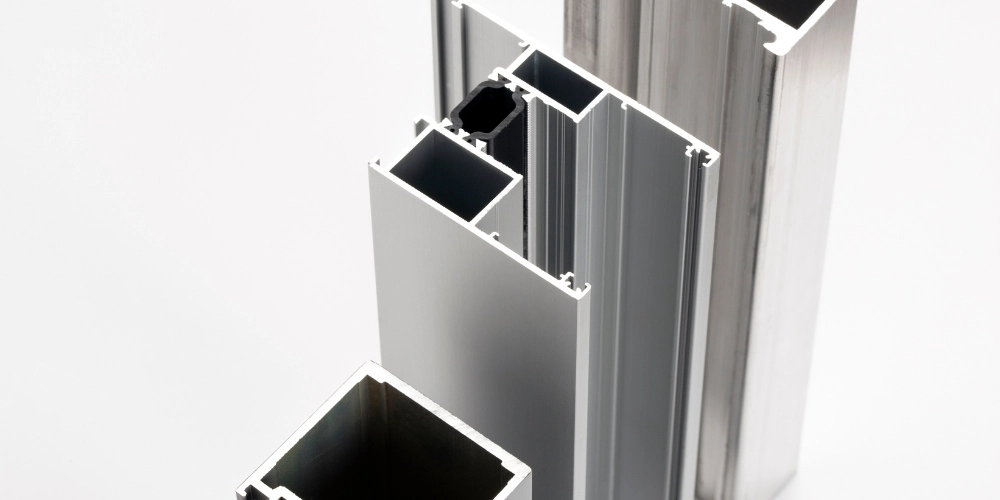 The Influence of Various Chemical Compositions on the Properties of Aluminum 7075
The Influence of Various Chemical Compositions on the Properties of Aluminum 7075
The properties of Aluminum 7075, a high-quality alloy, are highly dependent on its chemical content. Zinc acts as the principal alloying substance in the solid solution strengthening and precipitation hardening for solid solution strengthening and precipitation hardening and enhanced strength. Copper also enriches the ultimate strength and corrosion resistance of the alloy, and magnesium adds solid solution strengthening and gives additional corrosion resistance. Chromium functions as corrosion and oxidation resistance in harsh conditions. Furthermore, the trace elements like manganese, silicon, iron, and titanium will affect characteristics such as machinability, weld ability, and some specific corrosion resistance. The right mixture and concentration level of such elements along with regulated heat treatment techniques define the alloy’s ultimate mechanical properties; therefore, it fits for the high-requirements applications, like aerospace, automotive.
Mechanical Properties of Aluminum 7075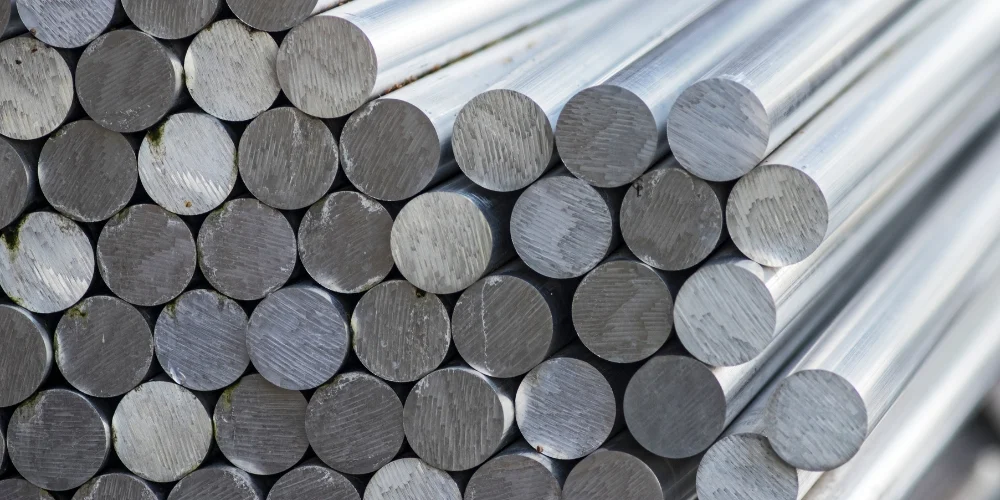
| Properties | Metric | Imperial |
| Tensile strength | 572 MPa | 83000 psi |
| Yield strength | 503 MPa | 73000 psi |
| Shear strength | 331 MPa | 48000 psi |
| Fatigue strength | 159 MPa | 23000 psi |
| Elastic modulus | 70 GPa | 10153 ksi |
| Poisson’s ratio | 0.32 | 0.32 |
| Elongation | 7.9% | 7.9% |
| Hardness, Brinell | 150 | 150 |
Physical & Thermal Properties of Aluminum 7075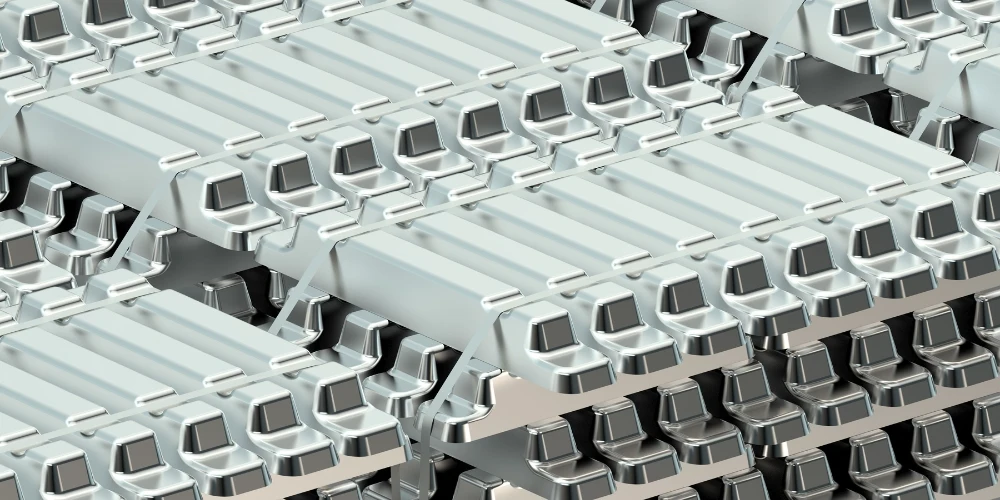
| Density(ρ) | Melting temperature (Tm) | Thermal conductivity (k) | Linear thermal expansion coefficient (α) | Specific heat capacity (c) |
| 2.81 g/cc (0.102 lb/in³) | 477 °C (891 °F) | 130–150 W/m*K | 2.36*10−5 K−1 | 714.8 J/kg*K |
What Is the Most Suitable Method for Processing Aluminum 7075?
The best method for the fabrication of the Aluminum 7075 is usually quenching like solution heat treatment and subsequently age-hardening, known as precipitation hardening. Remelting operation involves heating the alloy to dissolve the alloying elements and then quickly cooling it to attain a homogeneous microstructure. It is then the time for aging, the point at which reheating at a low temperature allows the formation of fine precipitates, which are further reinforced by strengthening hardness. Besides, machining, forming, welding, and surface treatment to name but a few, among the methods used, the choice of the one is determined by the actual product demand. This has necessitated a deliberate selection of the processing method in a manner that yields the desired properties while optimizing costs and production time.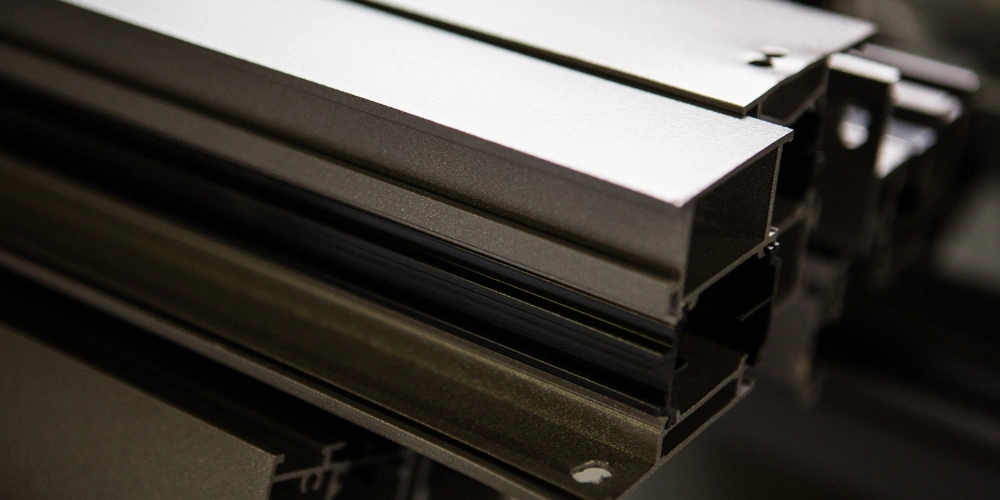
The Most Common Application Fields of Aluminum 7075
Aluminum 7075 is in demand cross the industry because of its applications that deliver high strength, lightweight and corrosion resistance. Aircraft applications involve the use of composites for structural elements such as wing spars, fuselage components, and landing gear day to day. Because of the exceptional high strength to weight ratio and fatigue resistance that composites possess. In the sphere of automotive industry, Aluminum 7075 is appreciated for its contribution to power-sports vehicles, racing cars and motorcycles, as it serves to reinforce suspension parts and chassis. Furthermore, it is plentifully used in the production of sporting goods such as bicycle frames, rock climbing gear, and fire arm parts for good reason, because of how strong and durable it is. These other sectors, such as marine, defense and high-performance mechanical equipment, also use the Aluminum 7075 for different structural components and essential parts where both lightweight and tough materials are a must.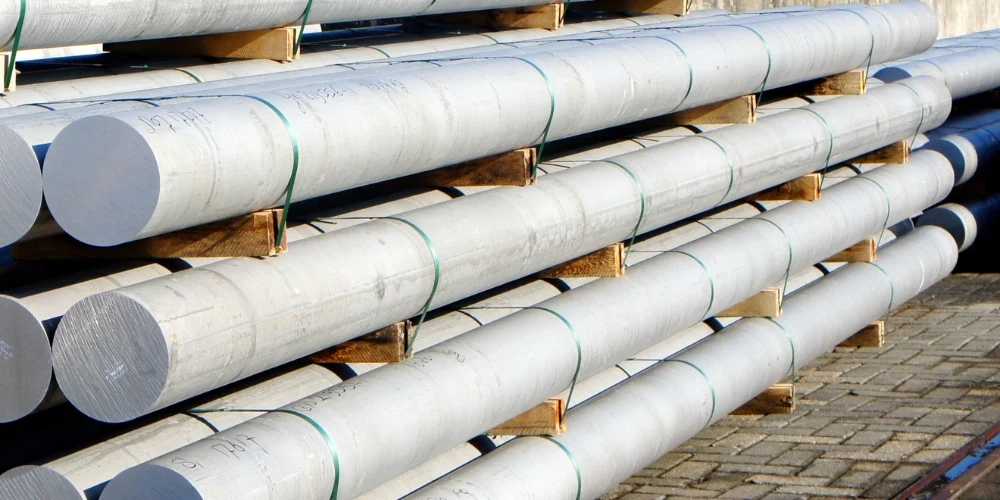
Equivalent Materials of Aluminum 7075
|
US |
Standard | ASTM B209, ASTM B210, ASTM B211, ASTM B221, AMS-QQ-A-225/9, AMS-QQ-A-200/11, AMS-QQ-A-250/12, AMS-WW-T-700/7 |
| AISI(UNS) | 7075(A97075) | |
| ISO | Standard | ISO 209 |
| Designation | AW-7075 | |
| European Union | Standard | EN 5733 |
| Numerical (Chemical symbols) | EN AW-7075 (EN AW-AlZn5,5MgCu) | |
|
Germany |
Standard | DIN 1725-1 |
| Designation (Material number) | AlZnMgCu1,5 (3.4365) | |
| Japan | Standard | JIS H4000; JIS H4040 |
| Grade | 7075 | |
| Australia | Standard | AS 2848.1, AS/NZS 1734, AS/NZS 1865, AS/NZS 1866 |
| Designation | 7075 | |
| China | Standard | GB/T 3190; GB/T 3880.2 |
| Grade | 7075 |
